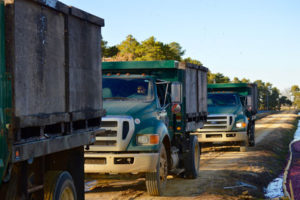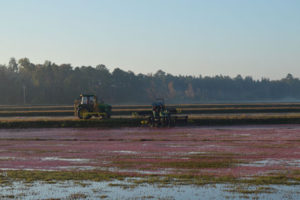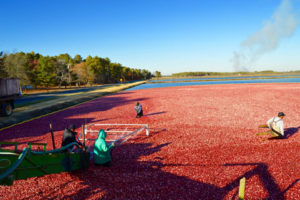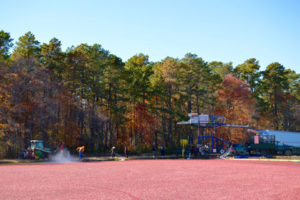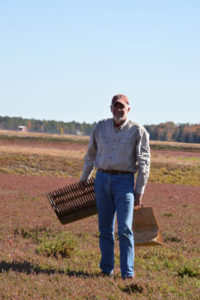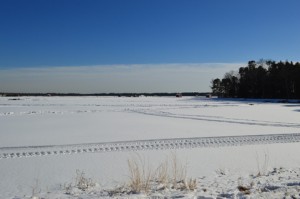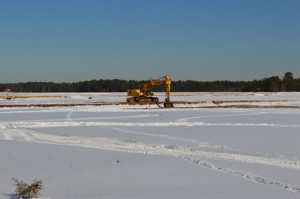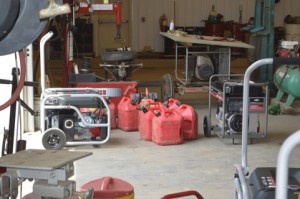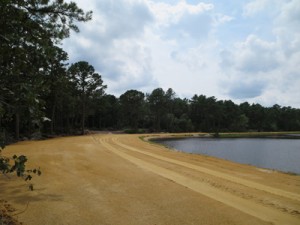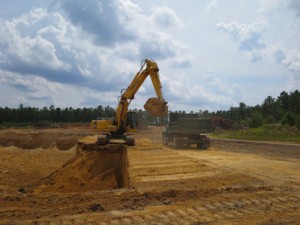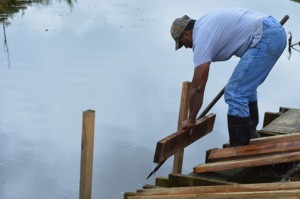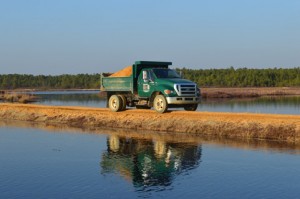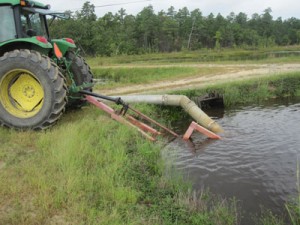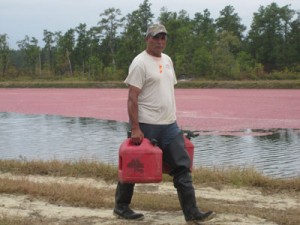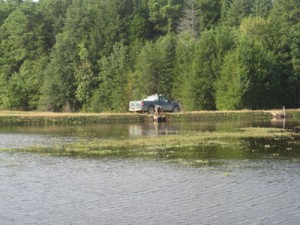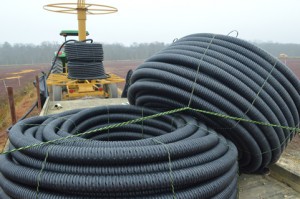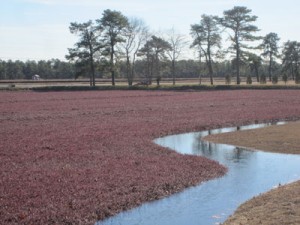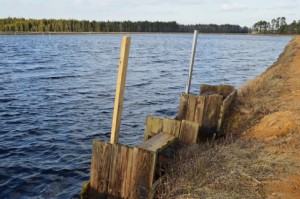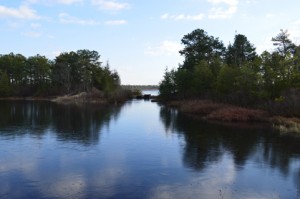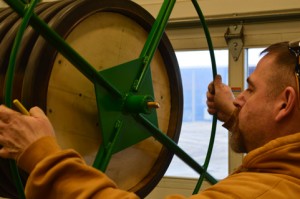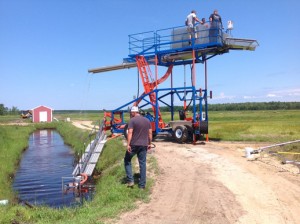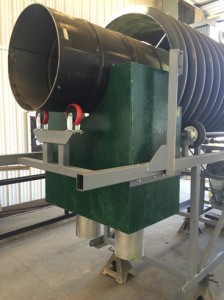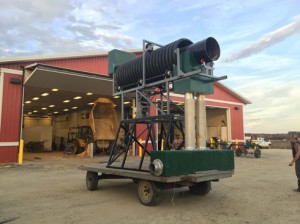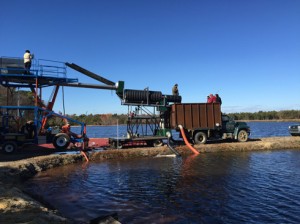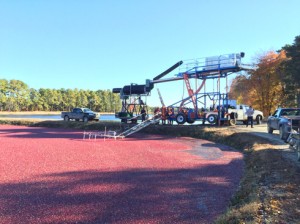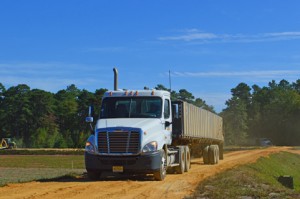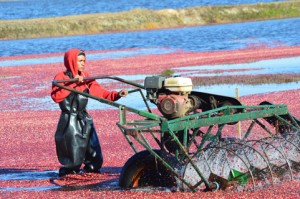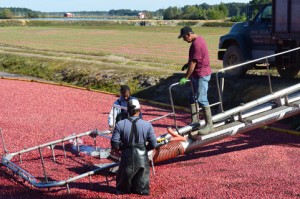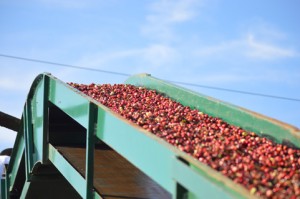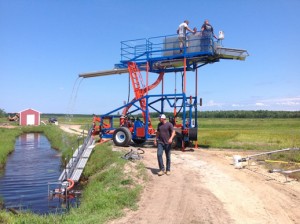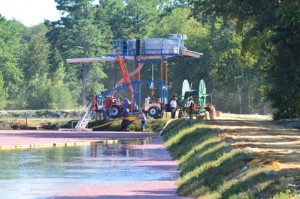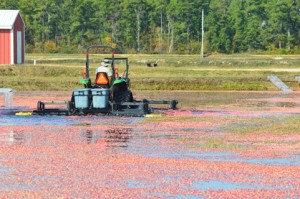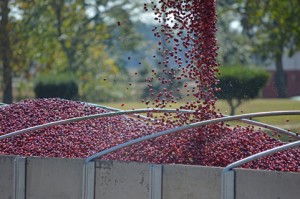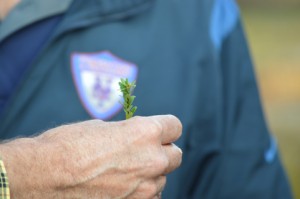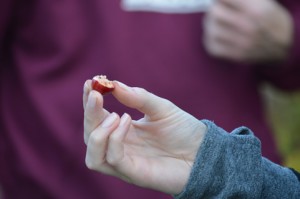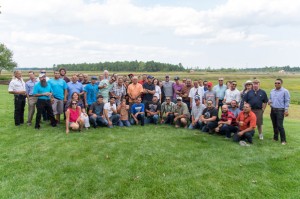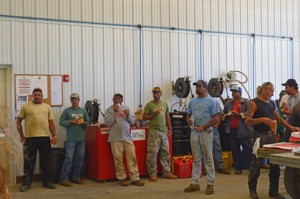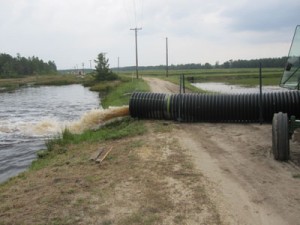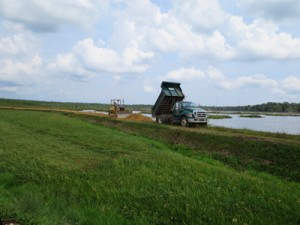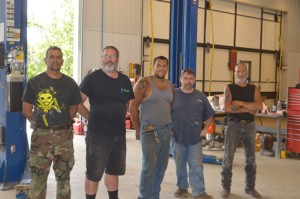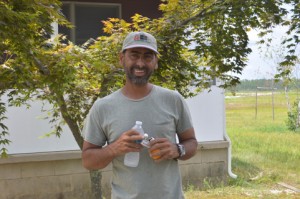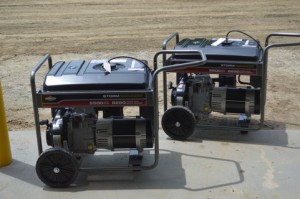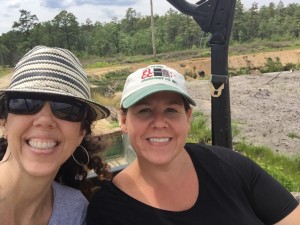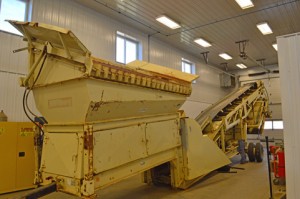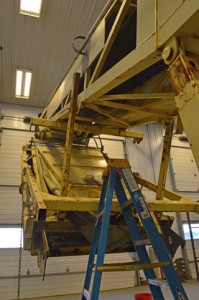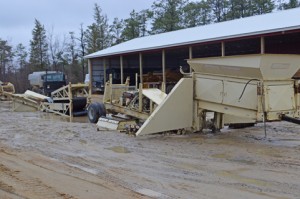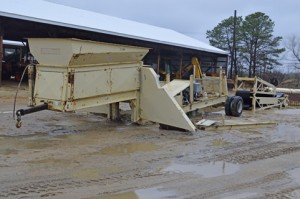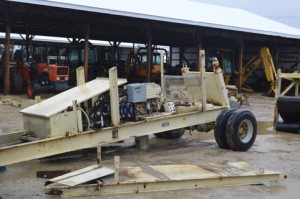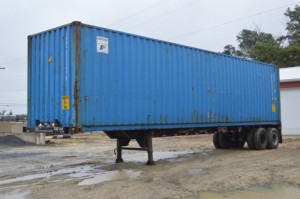Harvest finished this week with a bang at Pine Island Cranberry, and we are all proud at what we’ve been able to accomplish this year: 32.6 million pounds of cranberries, with 1,278 acres harvested at an average of 255 barrels per acre!
“We started slow because we were chasing the color,” says manager Matt Giberson, “but by the end, we had all three teams going seven days a week and we brought in a lot of fruit. On our final three days we were sending over 1.5 million pounds of clean fruit per day to the receiving station, which is a record.” He says the three harvest teams did an incredible job. “It was a safe harvest, too; nobody got hurt. And Matt Stiles did great for his first year as a harvest team leader. His crew started the earliest, and it’s tough to be the guys who are going from early September all the way to the end when the berries just keep coming at you. Long hours, lack of sleep; it all gets to you after a while. But he did a fantastic job.”
CFO Joann Martin agrees: “24 bogs set records this year! Nadine #3 produced 523 barrels per acre this year, which is amazing.” She also credits the team for this year’s numbers as well as their meticulous attention to detail. “Mike [Guest] always does a great job with tracking the numbers at the packing house, and this year with the two bog side cleaners things are a little different. This was Vanessa’s second year working on the new equipment, and she did a phenomenal job keeping everything straight. Running the trucks out there isn’t always the easiest job but her attention to detail made all the difference.”
COO Bryan vonHahmann is already looking ahead: “Now that we have the yield results as well as the less fun numbers for things like rot and debris, we can start to build our analysis. We’ll look at what we did bed by bed, comparing it to our application records: what we applied, when, how much. We’ll also look at other activities like weeding, bees, and pollination, then try to determine improvements. For example, if we had one bed that was good but the one immediately next to it was weak, why? How do we improve the weaker bed? It’s a question of taking the large amount of data we have and turning it into something we can manage from, then systematically applying what we’ve learned on bog-by-bog basis.”
“Obviously we were really happy with the crop,” says CEO Bill Haines. “It was our second biggest crop ever, and third biggest in terms of barrels per acre, so I was really pleased with that. We’re pleased that our strategy of accelerating the renovation of our bogs is working; I think that’s the biggest impact we’ve had. The team worked really hard this year as always, and I’m really proud of the job that they did. And they deserve all of the credit for this crop. We have stuff to work on, and we have to continue to renovate; we had problems with quality and we’re not sure why. It’s probably weather related, but we’re going to work this winter to have a plan to improve on that. But the team did a great job.”
*Photos courtesy Nadine Haines.

